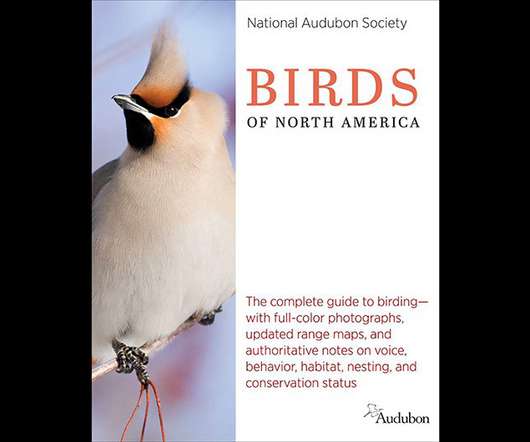Feather Trails: A Journey of Discovery Among Endangered Birds–A Book Review
10,000 Birds
APRIL 2, 2024
49-50) She is also adept at writing about conservation’s larger context in terms of its history, public policy struggles, and the science behind species re-introduction. Well-researched and footnoted, these sections never feel disconnected from the more personal sections. Author Sophie A. Osborn, photo by Lisa Koitzsch, © Sophie A.












Let's personalize your content